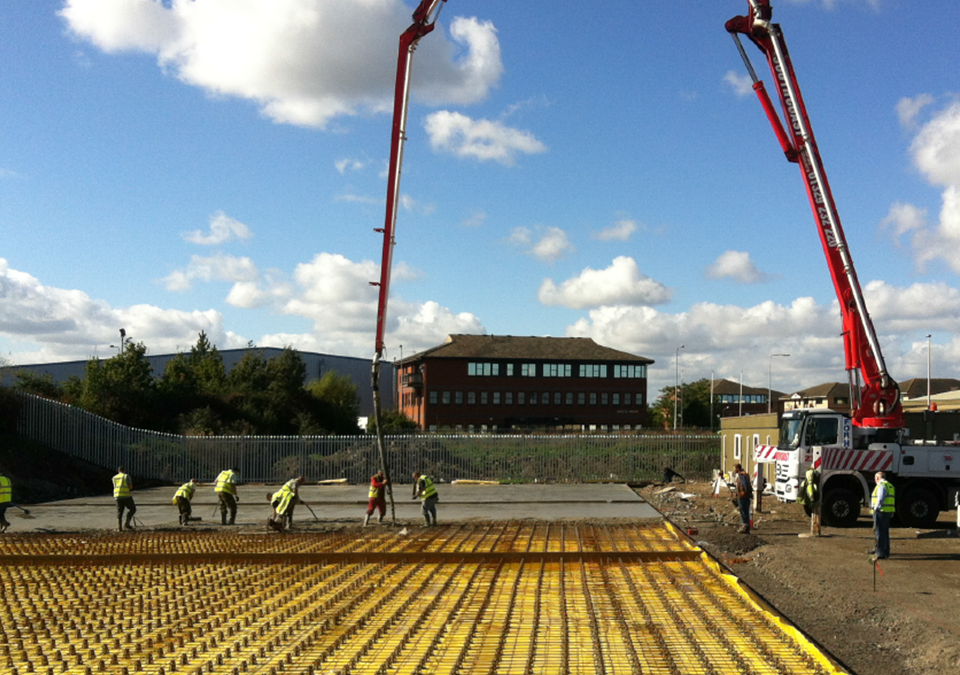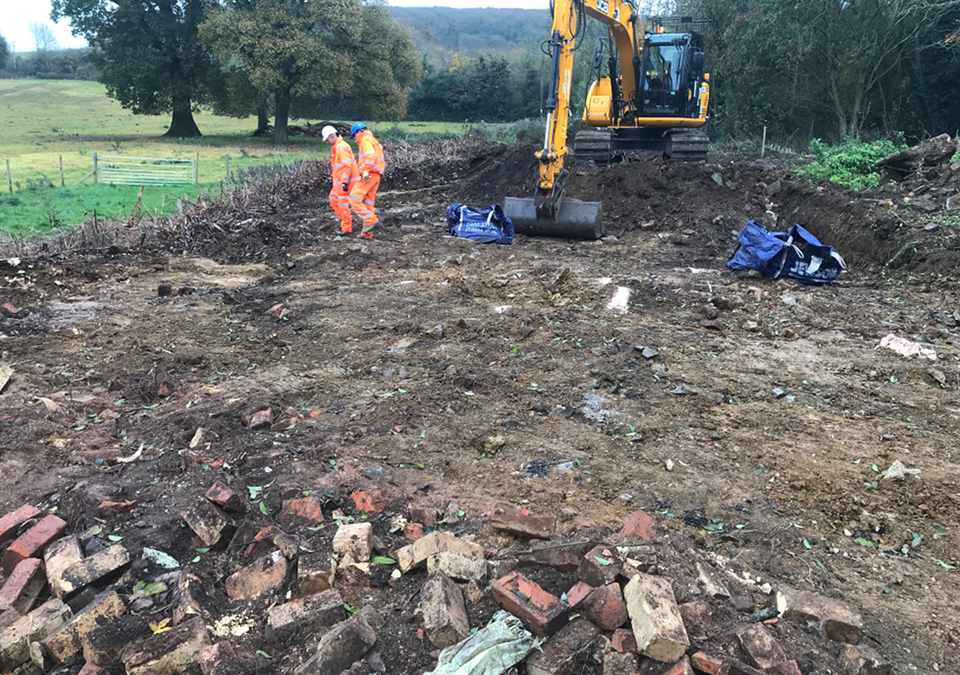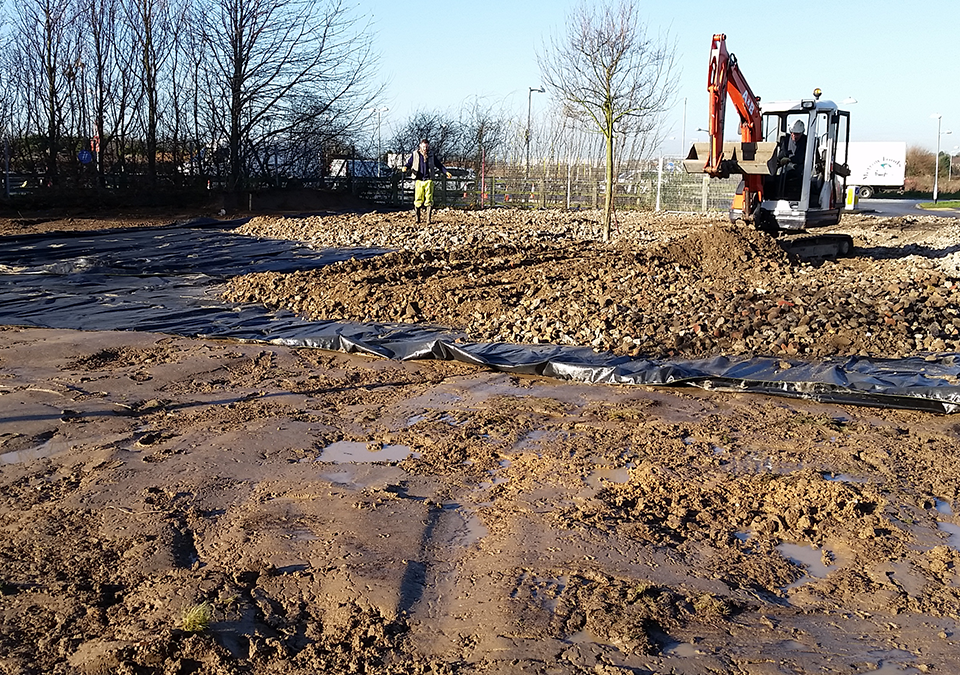
When Japanese knotweed was identified on a site proposed for the new Metro West Rail project linking Portishead to Bristol, Lynch Limited FM Ltd were called in to remove the problem. The site survey revealed multiple mature stands of Japanese knotweed both onsite and on an adjacent Wessex Water Sewage Pumping Station. Working in close partnership with the clients’ Senior Engineer, a knotweed Management Plan was agreed and implemented with ‘Zero to landfill’ methodology; the knotweed being remediated by way of an excavation, and incineration on site under an Environment Agency D6 exemption and following local authority approval. Excavation and treatment of Japanese knotweed impacted soils and ballast was completed on site via a three stage screening process. The first stage comprised selective excavation and segregation – removal of the larger rhizomes and crowns using a mechanical trommel. The second stage involved additional rhizome separation using wind shift technology and the third stage was undertaken by hand picking using a picking table. Following treatment, the ballast and de-contaminated soils were returned to the trackside and will be monitored for the next five years as part of the Lloyds of London insurance backed guarantee. Approximately 500m3 of infested soils were treated using this methodology, resulting in the screening of approximately 650 tonnes which, following incineration produced approximately 75kgs of ash. Under the EA D6 exemption we were able to return this material to the original site of excavation. It is estimated that we have saved the client in excess of £70,000 in comparison to the traditional off-site disposal options. The works were scheduled to take 15 working days but we were able to complete the works ahead of schedule taking only a total of 10 working days. On completion of the works the original excavation, dumper routes, slew paths, stockpile location and haulage loading area were decontaminated in addition to the standard decontamination of all plant, machinery, equipment and PPE. All works were undertaken in accordance with EA guidelines and to the satisfaction of the client’s supervising engineer.






